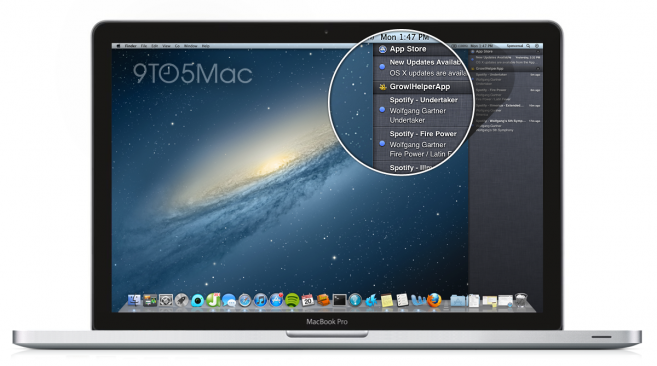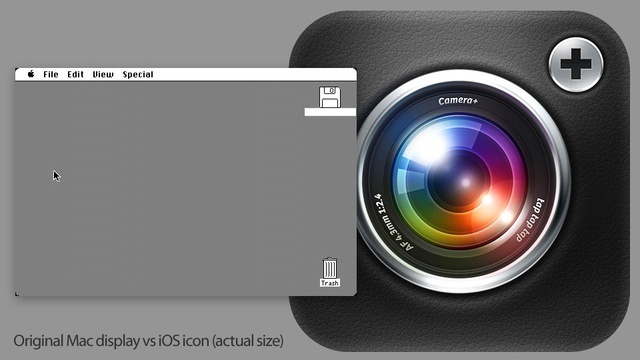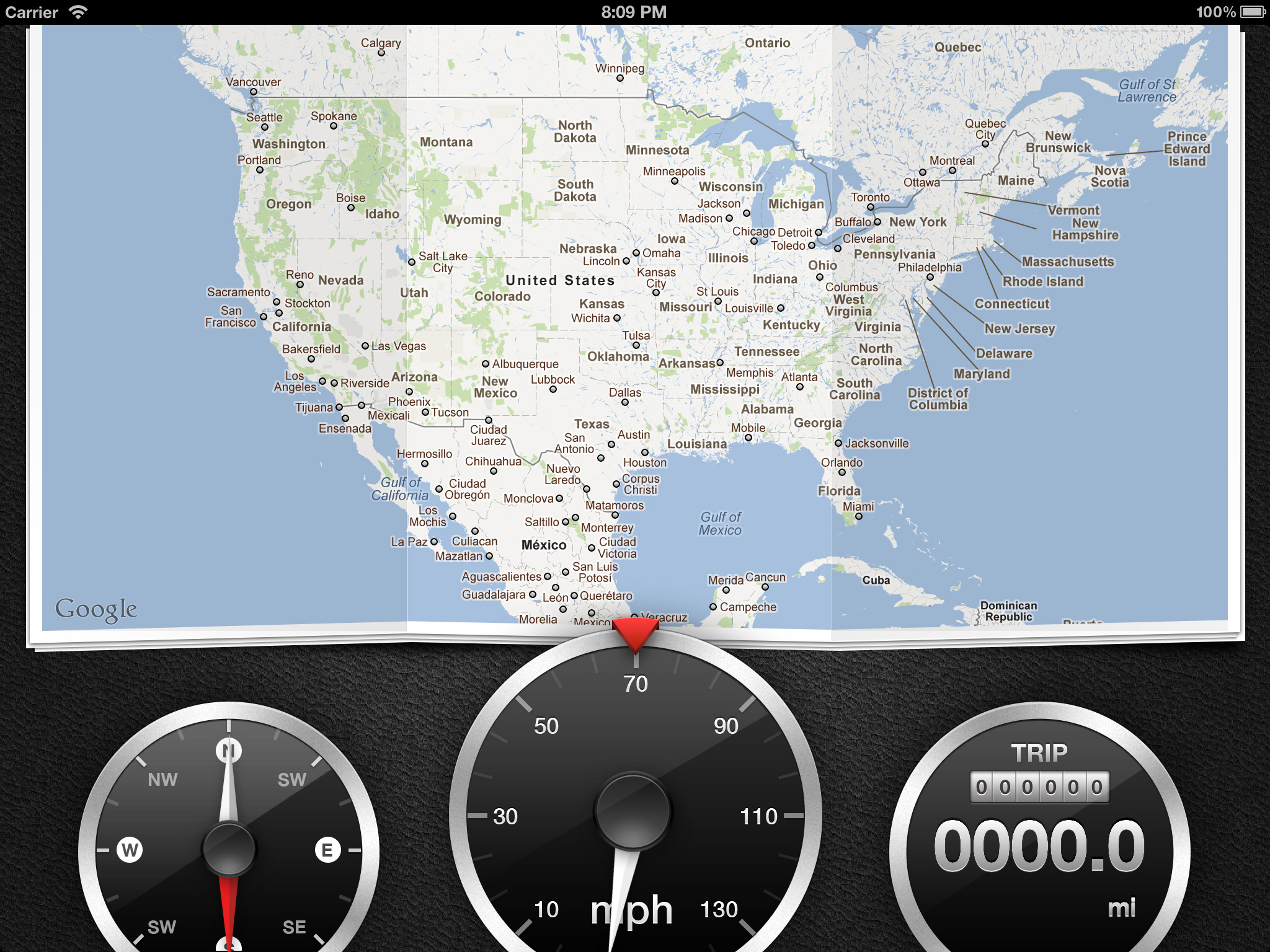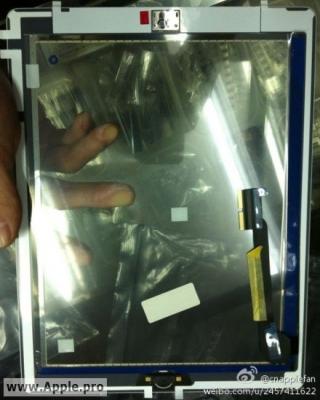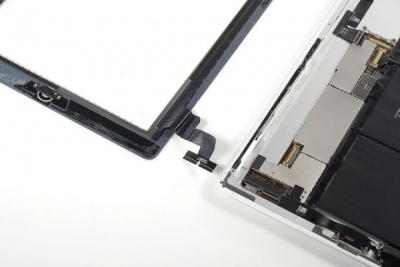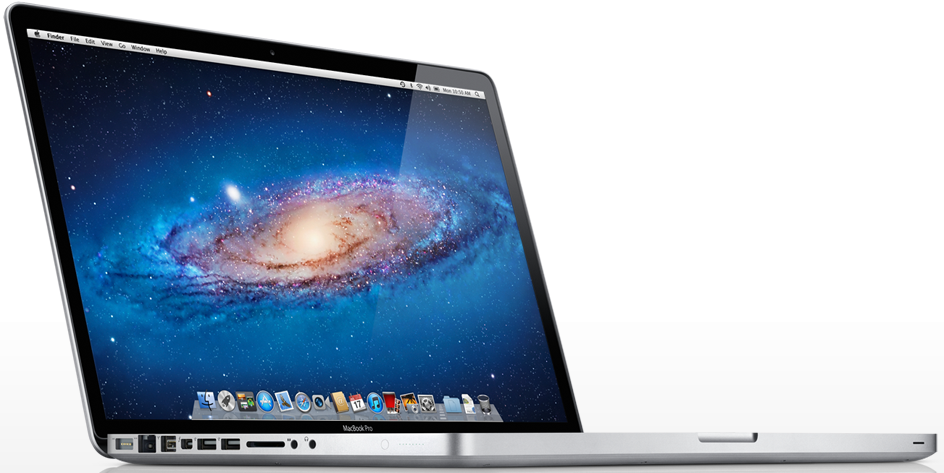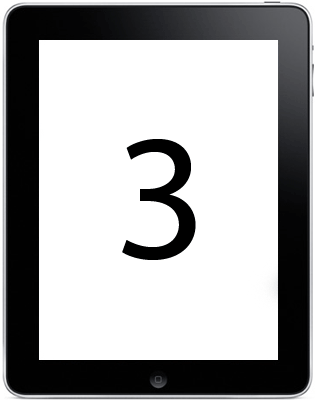Report: Retina MacBook displays to cost Apple more, but will it affect the customer?

9to5Mac first revealed that Apple is readying Retina displays for its computer lineup (MacBook Pros, MacBook Airs, and iMacs) that were previously only available to iOS devices, but new reports claim those high-resolution displays within the supply channel will debut on Apple’s notebooks at an increased cost.
According to DisplaySearch Senior Analyst Richard Shim (via CNET), the panels are becoming a “premium feature” that will cost the Cupertino, Calif.-based Company. The analyst further explained that including a 2,800-by-1,800-pixel display in the 15.4-inch MacBook pro would cost about $160. Apple currently spends $68 on its current models. Meanwhile, he said adding a 2,560-by-1,600-pixel display in the 13.3-inch model would cost $134, versus the current $69 expense.
According to CNET:
“What’s unclear is if consumers will end up paying more for the improvements. When Apple made the jump to Retina Displays in its iOS devices, the cost of the device stayed the same. The scale was a bit smaller though. For instance, according to a bill of materials from IHS iSuppli, the price of the third-generation iPad’s display was $87 versus the iPad 2’s $57, just a $30 difference.
As it stands, Apple already offers one such screen resolution upgrade on the 15-inch MacBook Pro, but customers need to pay for it. For $100 more, users can go from the 1440 by 900 pixel display to one that’s 1,680 by 1,050 pixels, or a 36 percent increase in the number of pixels.”
Whether or not the super-resolution displays cost more, it is highly unlikely that Apple will raise prices. As the publication noted above, adding Retina displays to the iPhone 4 and third-generation iPad, for example, did not increase Apple’s asking price.
